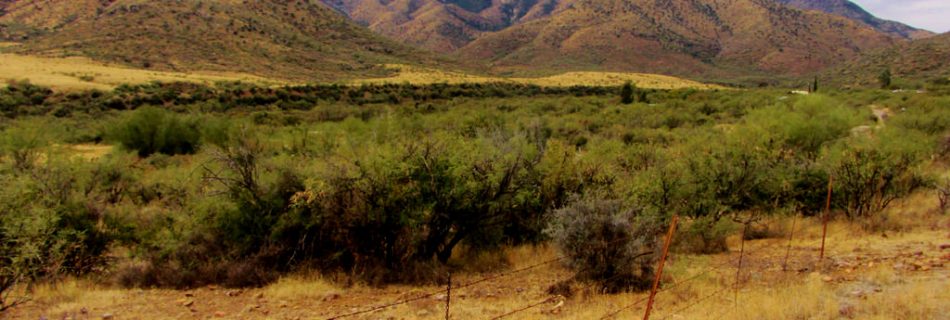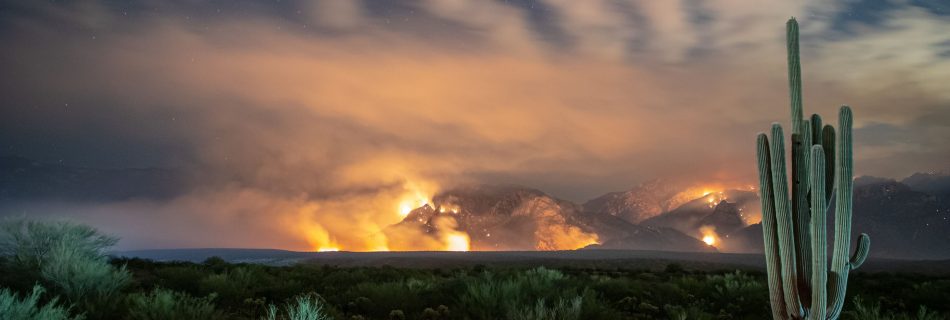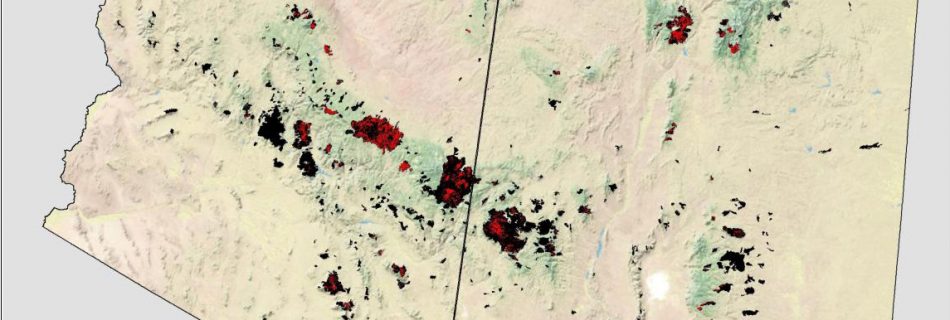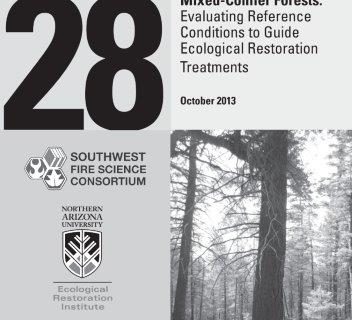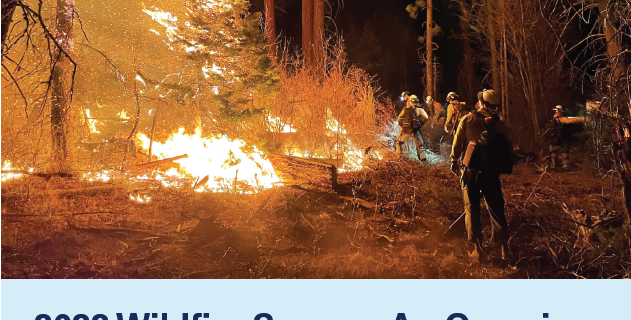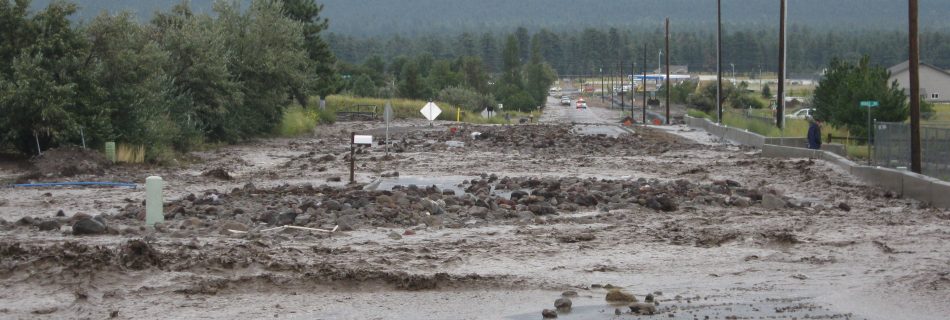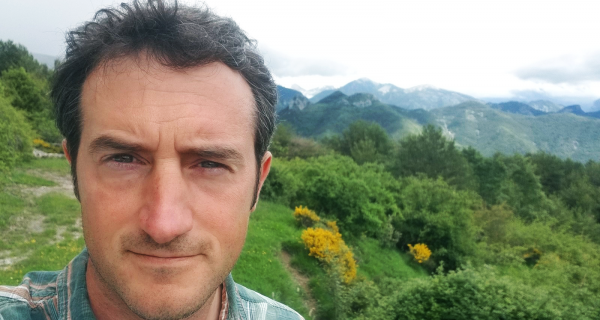This the twelfth annual report in a series Southwest wildfire season overviews available from the Southwest Fire Science Consortium and the Ecological Restoration Institute. This overview provides a concise summary of the 2024 fire season and facilitates comparisons with past fires and fire seasons. It follows the format of past years’ overviews and describes the …
Read more “2024 Southwest Wildfire Season Overview”
Altar Valley Field Trip In November and December 2016, we co-hosted a conference in Tucson, Arizona with the Association for Fire Ecology (Beyond hazardous fuels: Managing fire for social, economic, and ecological benefits). During the conference, we arranged three separate field trips. The link below provides information from each stop on the Altar Valley Field …
Read more “December 2, 2016: Altar Valley”
An overview of a changing landscape. The expansion of the grass-fire cycle in the deserts of North America is driving ecosystem level transformation from patchy desertscrub to invasive grassland. A novel fire regime in the Sonoran Desert is forcing a new approach to land management, where there are currently more questions than answers. What is …
Read more “Fire in the Sonoran Desert”
Presenter: Megan Poling, PhD Student, Northern Arizona University In the last three decades nearly 5 million hectares have burned in all vegetation types in the Southwest and the largest fires in documented history have occurred in the past two decades. However, trends in severity, or how fires are burning have not been well documented in forest …
Read more “August 24, 2016: Increasing trends in high severity fire in the southwestern USA from 1984-2013”
This working paper covers three topics to guide treatments in mixed-conifer forests of the Southwest: 1) describes the current knowledge of mixed-conifer historical reference conditions for fire regimes, stand structure, and species composition in the Southwest (Arizona, New Mexico and adjacent areas); 2) provides field diagnostics to assess reference conditions; and 3) offers land managers …
Read more “SW Mixed Conifer Forests: Evaluating Reference Conditions to Guide Fuel Treatments”
This report is the tenth in a series of annual Southwest wildfire season overviews available from the Southwest Fire Science Consortium and the Ecological Restoration Institute. The goal of this overview is to provide a concise summary of the fire season and to facilitate comparisons with past fires and fire seasons. It follows the format …
Read more “2022 SW Wildfire Season Overview”
Presenter: Gail Drus, St. Francis University Increased wildfire has been observed with the displacement of native cottonwood-willow (Salix and Populus spp.) gallery forests by invasive, non-native tamarisk (Tamarix spp.) in desert riparian zones of North America. Greater post-fire recovery of Tamarix relative to native species suggests a Tamarix fire trajectory where repeated fire excludes native …
Read more “April 2, 2015: Tamarisk invasion and fire in Southwestern desert ecosystems”
Presenter: Dr. Melanie Colavito, Ecological Restoration Institute, Northern Arizona University; Dr. Catrin Edgeley, Northern Arizona University; and Dr. Evan Hjerpe, Conservation Economics InstituteDate: December 7, 2021 12pm Mountain Time The 2010 Schultz Fire was ignited by an abandoned campfire on June 20 and burned 15,075 acres northeast of Flagstaff, Arizona. Following the fire, intense monsoon …
Read more “Full-Cost Accounting of the 2010 Schultz Fire”
Presenter: Dr. Patrick Belmont, Utah State UniversityDate: February 15, 2022 12pm Mountain Wildfire has increased 20-fold in the last 30 years in the Western U.S., partly due to climate change and partly due to forest and fire management practices. At the same time, many water resources are drying up. And fish populations throughout the western …
Read more “Wildfire, Fish, & Water Resources in the Western US”
Pinaleno Field Trip Factsheet Fire and Disturbance in the Pinaleño Mountains 2004 Nuttall Complex At-A-Glance Dates: 22 June 2004 (Gibson Fire) and 26 June 2004 (Nuttall Fire) – 19 July 2004 Published August 2014
